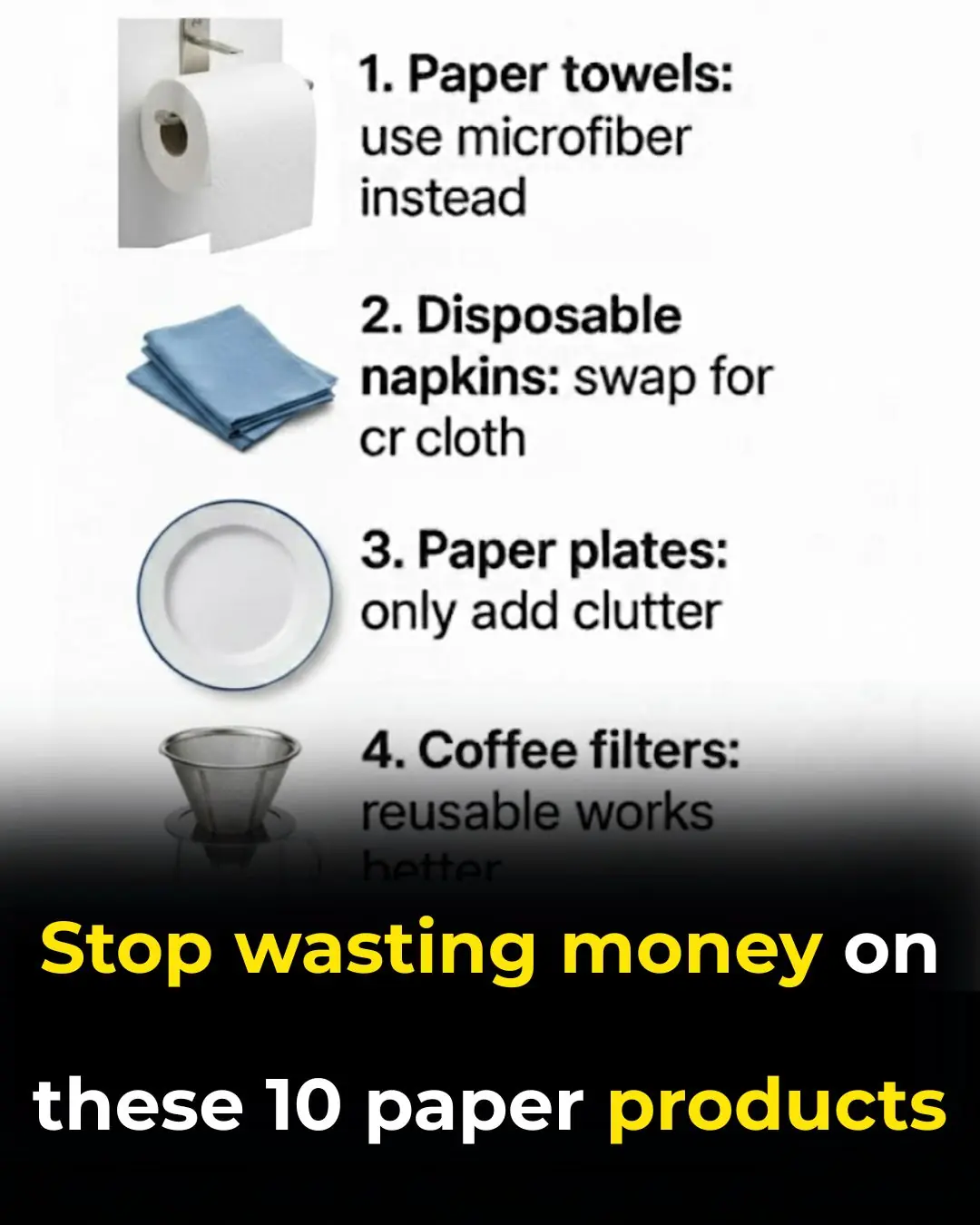
Wooden cutting boards become moldy over time and can only be thrown away if washed with soap
A wooden cutting board is an essential and eco-friendly kitchen item found in almost every household. It’s safe to use, but if not cleaned properly, its surface can absorb water—creating the perfect environment for bacteria to grow.
As the old saying goes, “Illness enters through the mouth.” Therefore, a clean, well-maintained cutting board is crucial for a healthy life. However, during wet or humid weather, wooden cutting boards can easily become moldy if you’re not careful. Don’t rush to scrub it with soap when it’s dirty or moldy. Try the simple tip below—your board will look as good as new in just 5 minutes and stay mold-free for a long time.
A good cutting board is just as important as the food you prepare on it. A poor-quality board can dull your knives faster and harbor more bacteria. Wooden boards are more eco-friendly and safer to use, but disinfecting them properly isn’t easy unless you know how. While hot soapy water can clean the surface, it can also dry out the wood or even cause it to warp. Instead, use simple, household ingredients that are safe and gentle.
Clean your cutting board with vinegar, salt, toothpaste, and baking soda
You’ll need:
– White vinegar
– Salt
– Toothpaste
– An old toothbrush
– Cooking oil
– Baking soda
Steps:
Step 1: Disinfect with vinegar and salt
White vinegar helps soften stubborn stains, making them easier to remove. Pour a generous amount of white vinegar over the board so that it spreads evenly. Then, sprinkle salt over the surface. The coarse texture of salt not only provides friction for scrubbing but also has natural disinfecting and antibacterial properties.
Step 2: Scrub with toothpaste and a toothbrush
Apply some toothpaste to an old toothbrush and scrub the board thoroughly—just like brushing teeth. The combination of salt and toothpaste is excellent for cleaning, as both have mild abrasive qualities.
Toothpaste can remove surface stains and also reach into knife grooves, eliminating hidden dirt and bacteria. After scrubbing several times, rinse the board clean with water.
Step 3: Apply a layer of cooking oil
After cleaning, dry the board completely. Then apply a thin layer of cooking oil to the surface. The oil helps condition the wood and prevents mold and cracking.
Cover the board with plastic wrap and let it sit for 4–5 hours to allow the oil to soak in fully. Once the time is up, remove the wrap.
If there’s still excess oil on the surface, don’t use dish soap to remove it. Instead, sprinkle a little baking soda on the board and wipe it clean. Baking soda absorbs oil effectively and is a great kitchen ally for removing grease. After cleaning this way, your cutting board will stay mold-free for up to a year.
Clean your cutting board with lemon, salt, and vinegar
Salt acts as a natural scrub to remove grime, while lemon helps disinfect and eliminate odors. To clean a 22 cm cutting board, use 1/3 of a lemon, 1.5 tablespoons of salt, and 5 tablespoons of vinegar.
First, rinse the board with water. Sprinkle salt generously on the surface, then scrub with half or one-third of a lemon until clean.
Let the board sit for a few minutes, then rinse it with cool water. Finally, you can use white vinegar as a finishing rinse to boost the antibacterial effect.
News in the same category

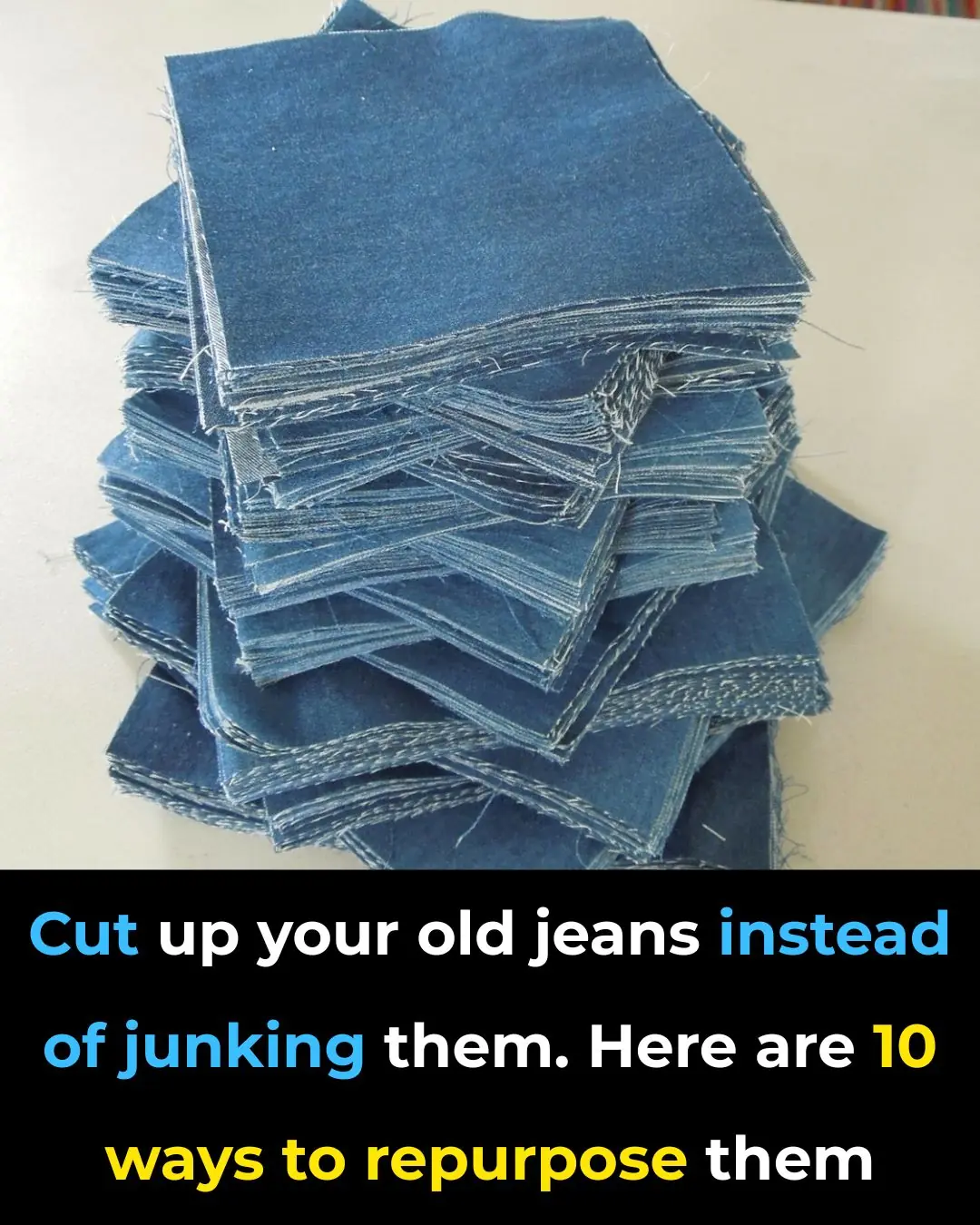
Cut up your old jeans instead of junking them. Here are 10 ways to repurpose them

Put raw chicken drumsticks in a slow cooker with these 3 ingredients. You’ll want it every night.
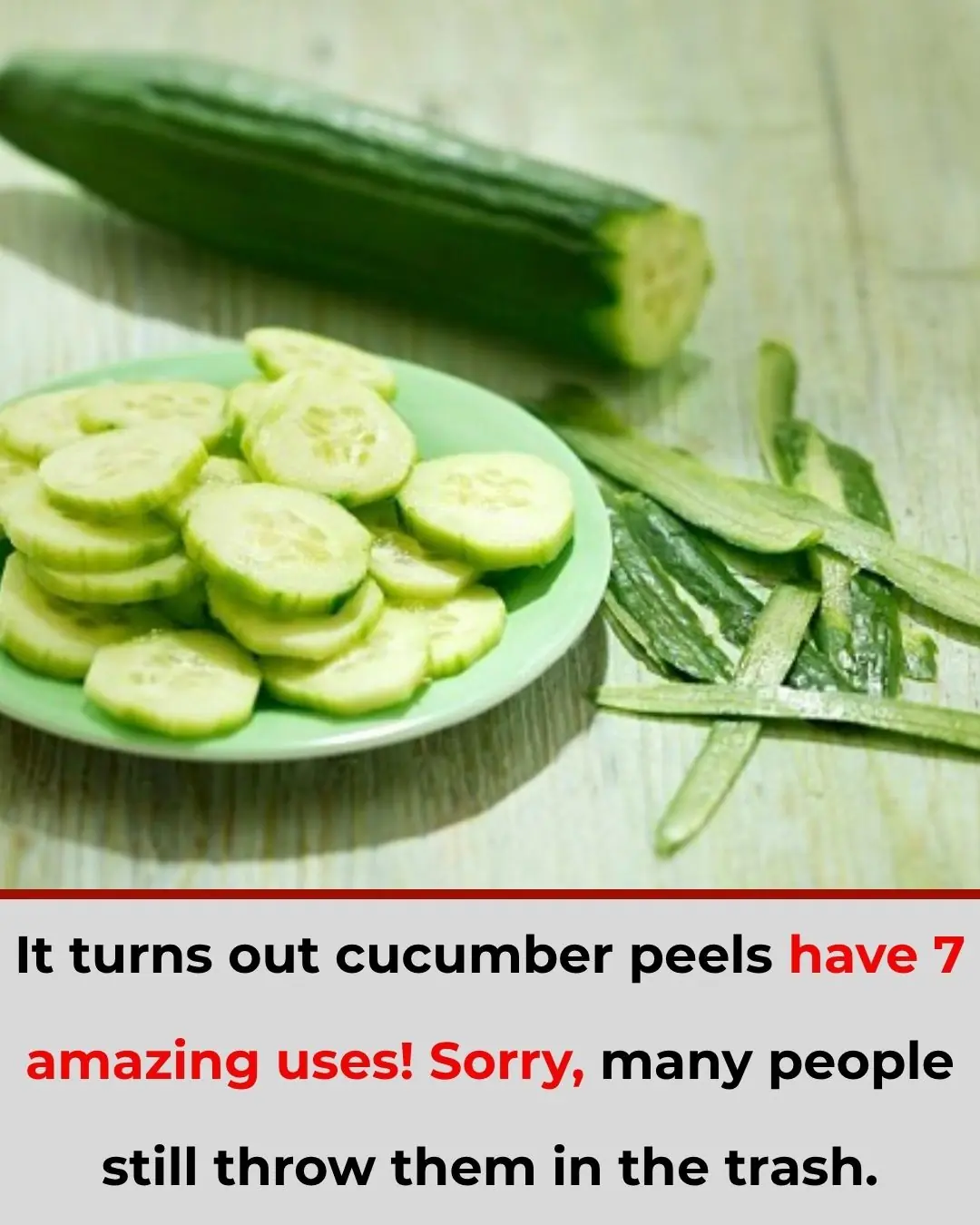
The Amazing 7 Benefits of Cucumber Peels — You’ll Never Throw Them Away Again!

My nana taught me this hack to relieve joint pain in 5 mins with 0 work. Here’s how it works

Were you aware of this? Wow, I discovered something new!
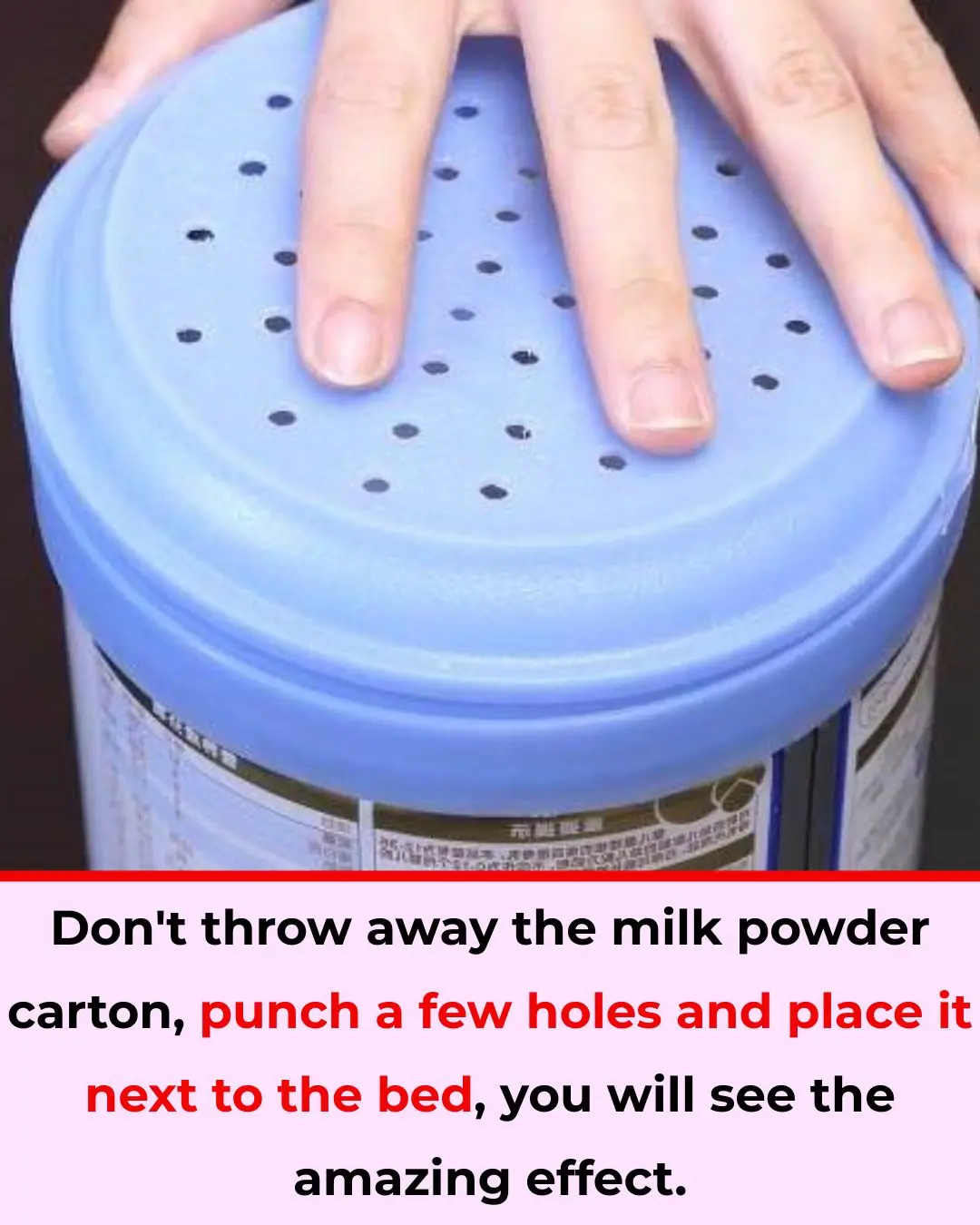
Don't throw away the milk powder carton, punch a few holes and place it next to the bed, you will see the amazing effect
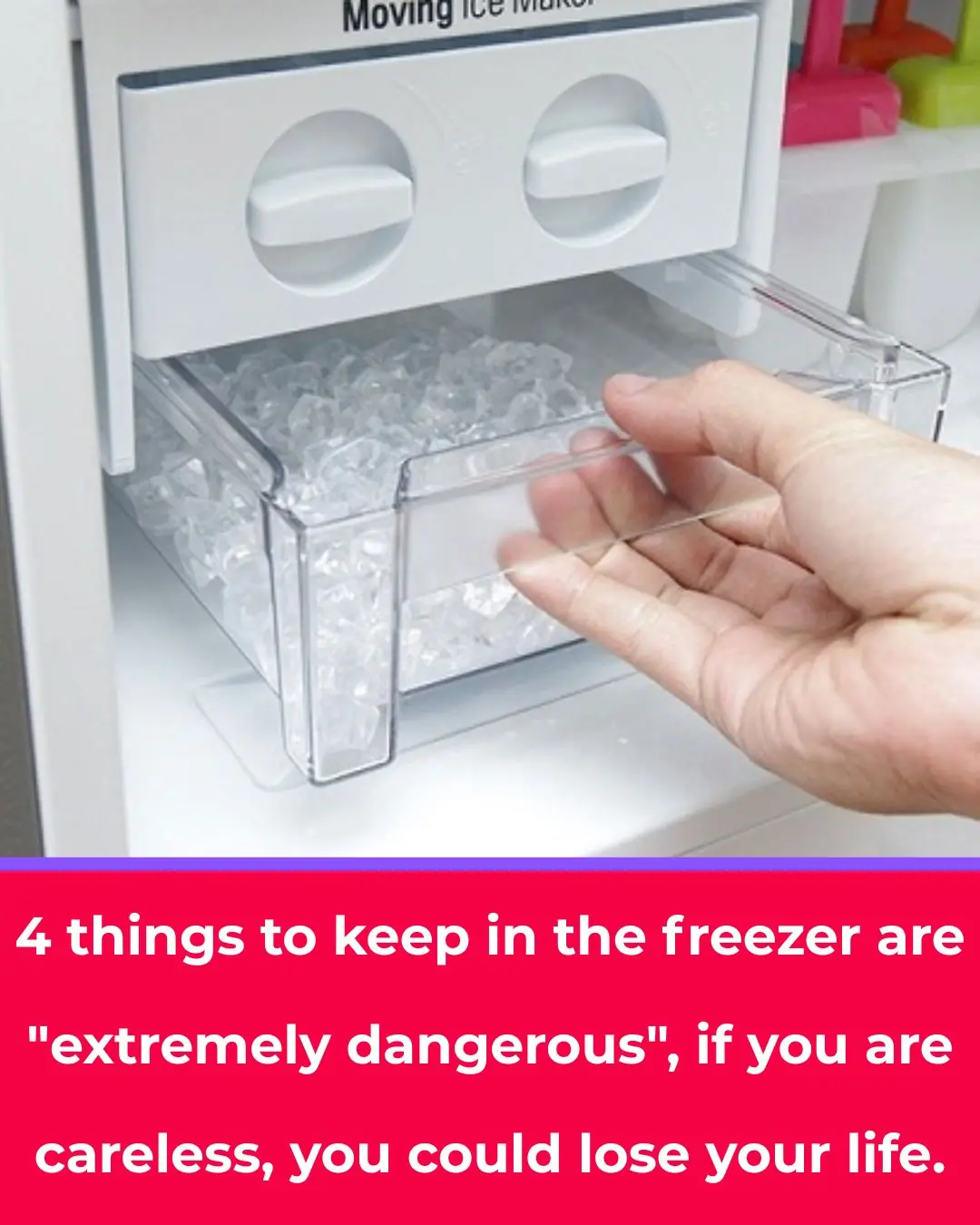
4 things to keep in the freezer are "extremely dangerous", if you are careless, you could lose your life

My nana taught me this hack to get rid of puffy eyes in 2 mins with 0 work. Here’s how it works

How To “Remove” All The Chemicals Out Of Store-Bought Chicken

Is Sleeping with Wet Hair Really That Bad
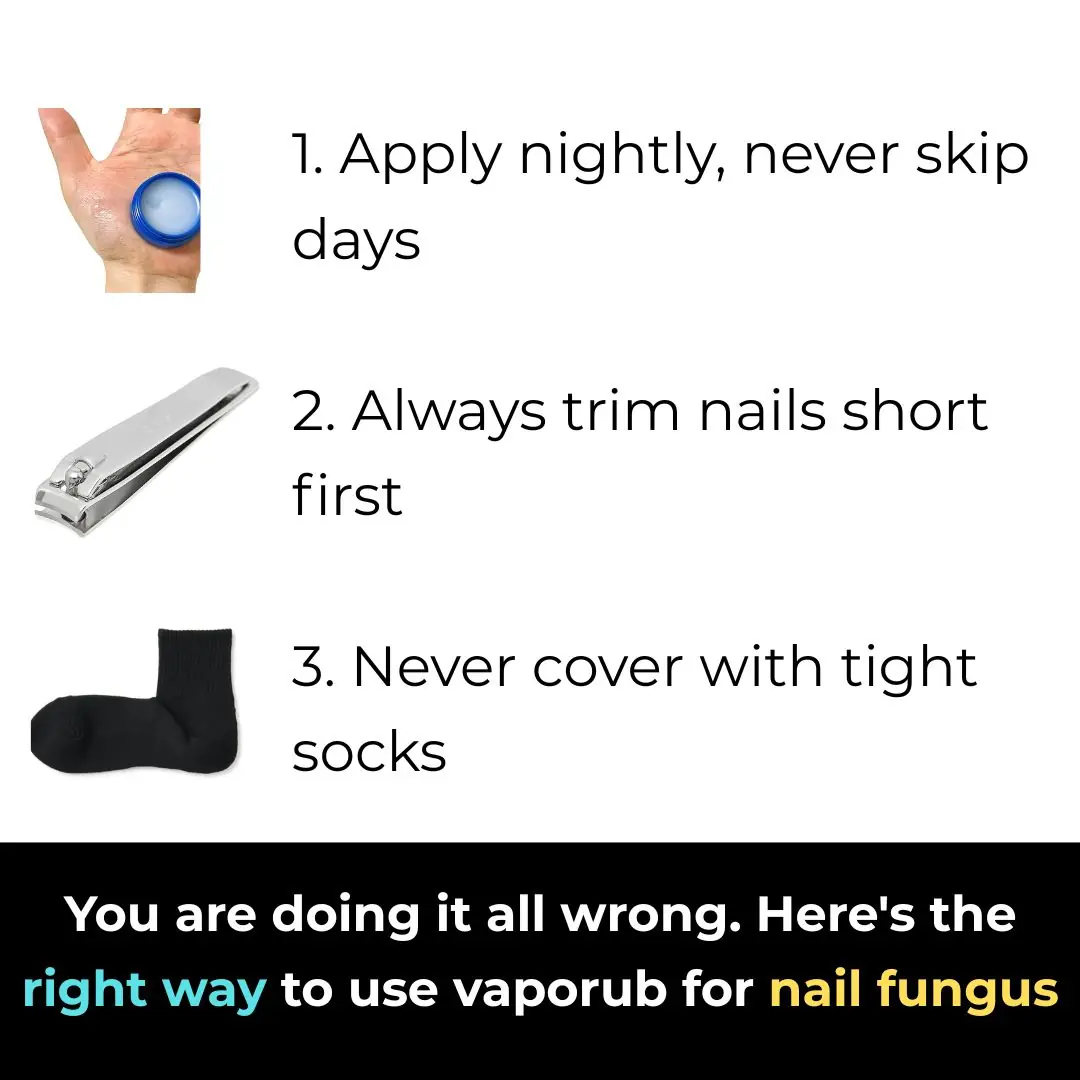
You are doing it all wrong. Here's the right way to use vaporub for nail fungus

2 Golden Times to Drink Black Bean Water for Women: Slim Down, Beautify Skin, and Detox Naturally

Should You Keep Your Bathroom Door Open or Closed? Many People Still Get It Wrong
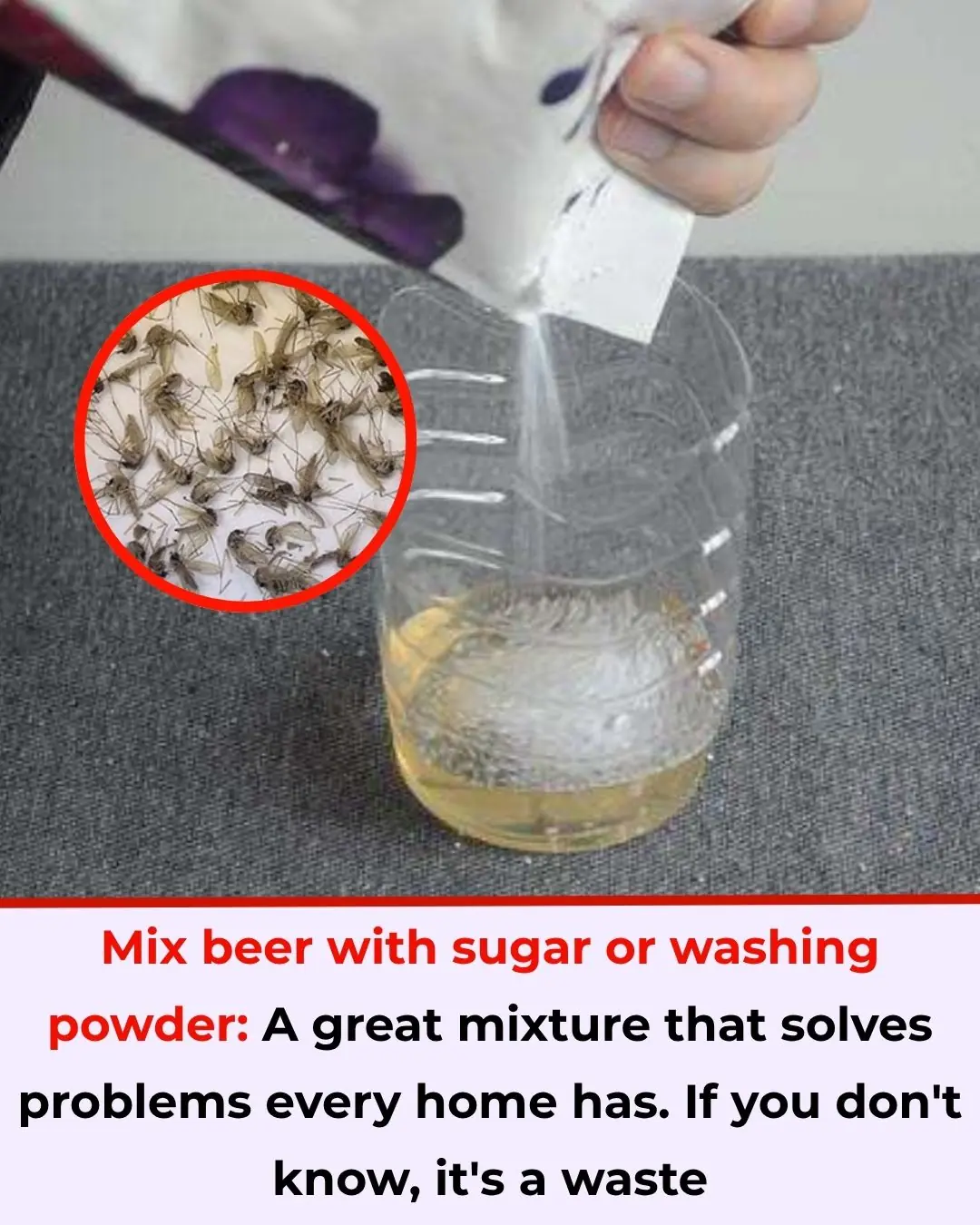
Beer + Laundry Detergent or Sugar: A Simple Trick to Deal with Mosquitoes at Home

Boiling Shrimp with Plain Water Makes It Fishy and Mushy — Add This Simple Ingredient for Firm, Bright Red, and Delicious Shrimp

I Just Learned What the Detergent Drawer on the Washing Machine Is Really For — No Wonder My Clothes Used to Come Out Dirtier!

5 Foods That Practically Never Expire — The Longer You Store Them, the More Valuable They Become
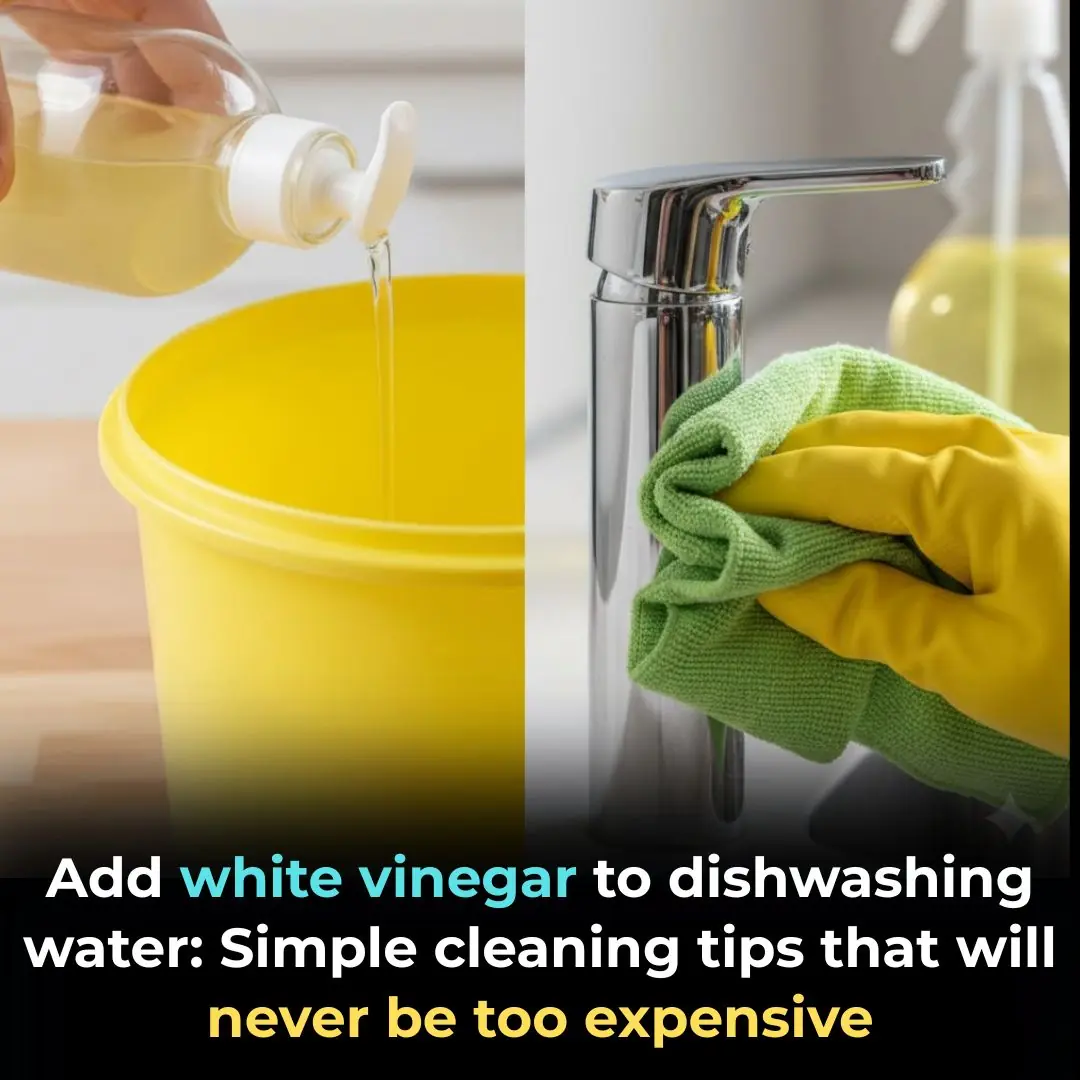
Add White Vinegar to Dishwashing Liquid: A Simple Yet Brilliant Home Tip Everyone Should Know
News Post

Stroke Prevention Tips: 3 Things to Avoid After Eating and 4 Before Bedtime

Top 6 Neuropathy Remedies (Peripheral Neuropathy Home Remedies)

Put this thing in a lemon and put it in the corner of the house

Cut up your old jeans instead of junking them. Here are 10 ways to repurpose them

Put raw chicken drumsticks in a slow cooker with these 3 ingredients. You’ll want it every night.

Easy Clove Cultivation: From Seed to Spice

7 Benefits and Uses of Castor Oil

Zachary Levi dishes on being ‘graylisted’ by Hollywood for his beliefs

Inside Gabby Logan’s marriage to husband Kenny Logan – sex-less marriage; affair allegations; wedding day disaster

Concerns for Lisa Snowdon as she admits ‘a few things need investigating’ following scan

Davina McCall reveals she’s been diagnosed with breast cancer in emotional video message

The Amazing 7 Benefits of Cucumber Peels — You’ll Never Throw Them Away Again!
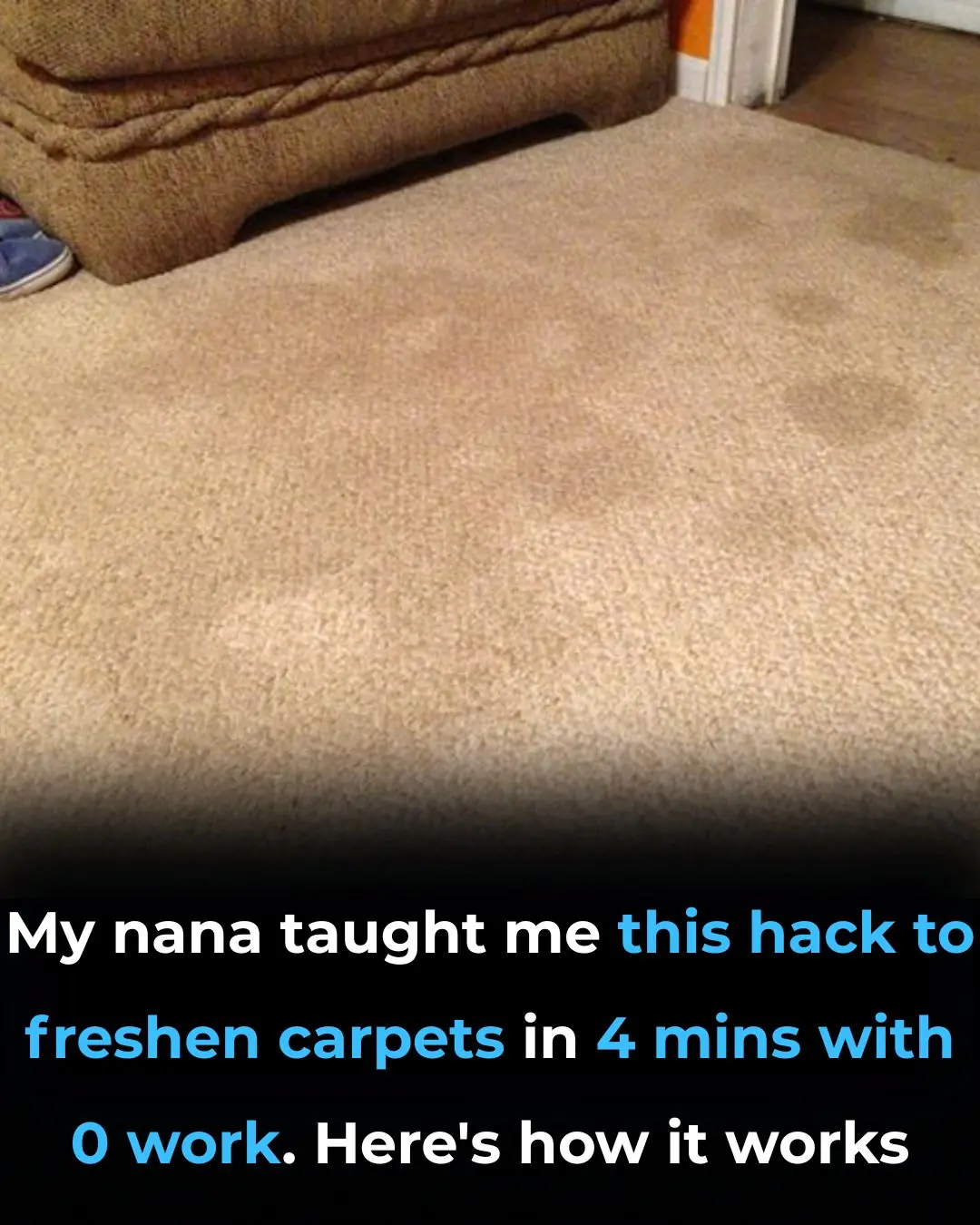
My Nana’s 4-Minute, Zero-Work Hack to Freshen Carpets

Nana’s Timeless Jewelry Cleaning Trick That Actually Works

My nana taught me this hack to relieve joint pain in 5 mins with 0 work. Here’s how it works

10 Foods You Should Never Cook in Aluminum Foil — And Why It Could Be Dangerous
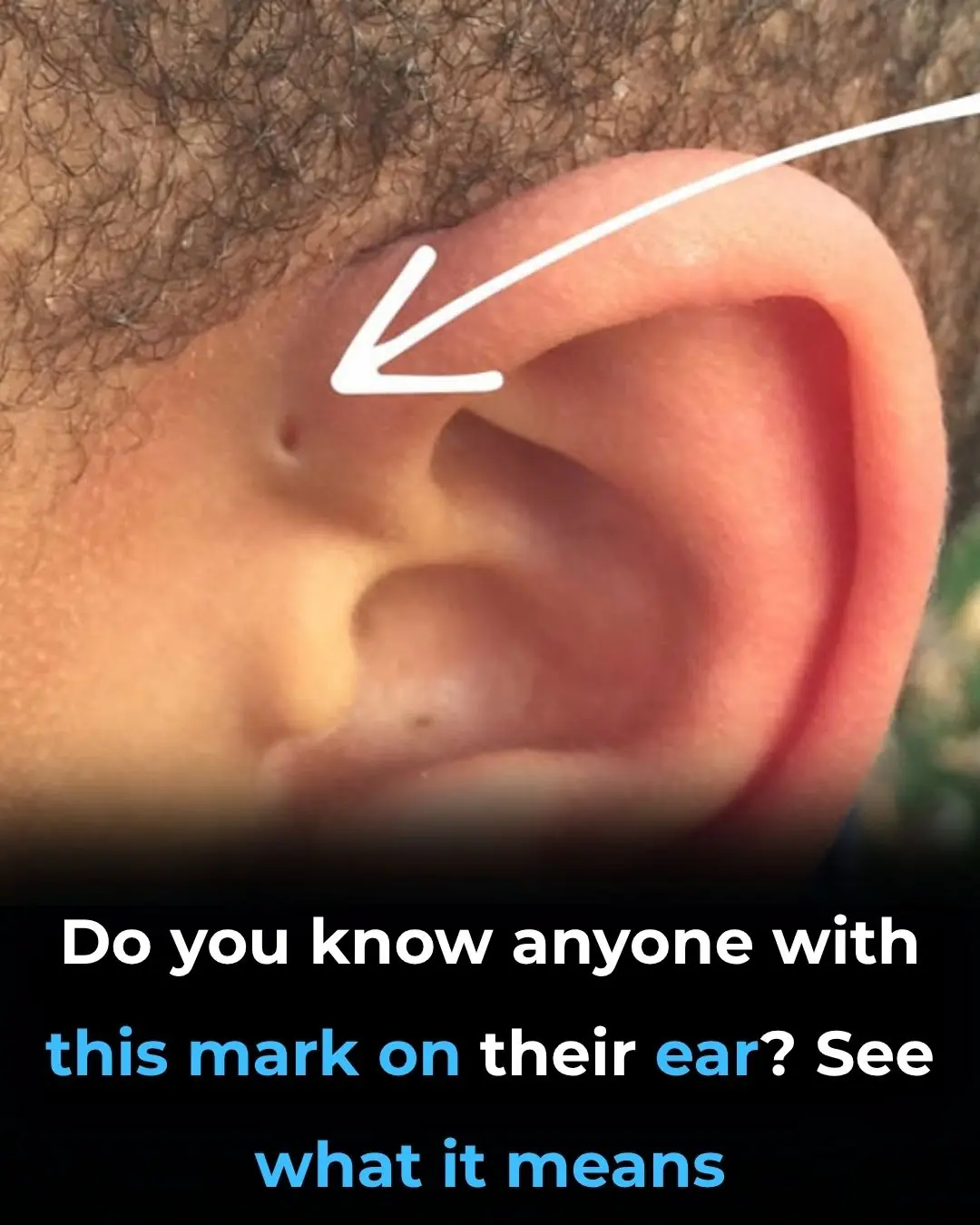
What Does This Little Mark On The Ear Mean
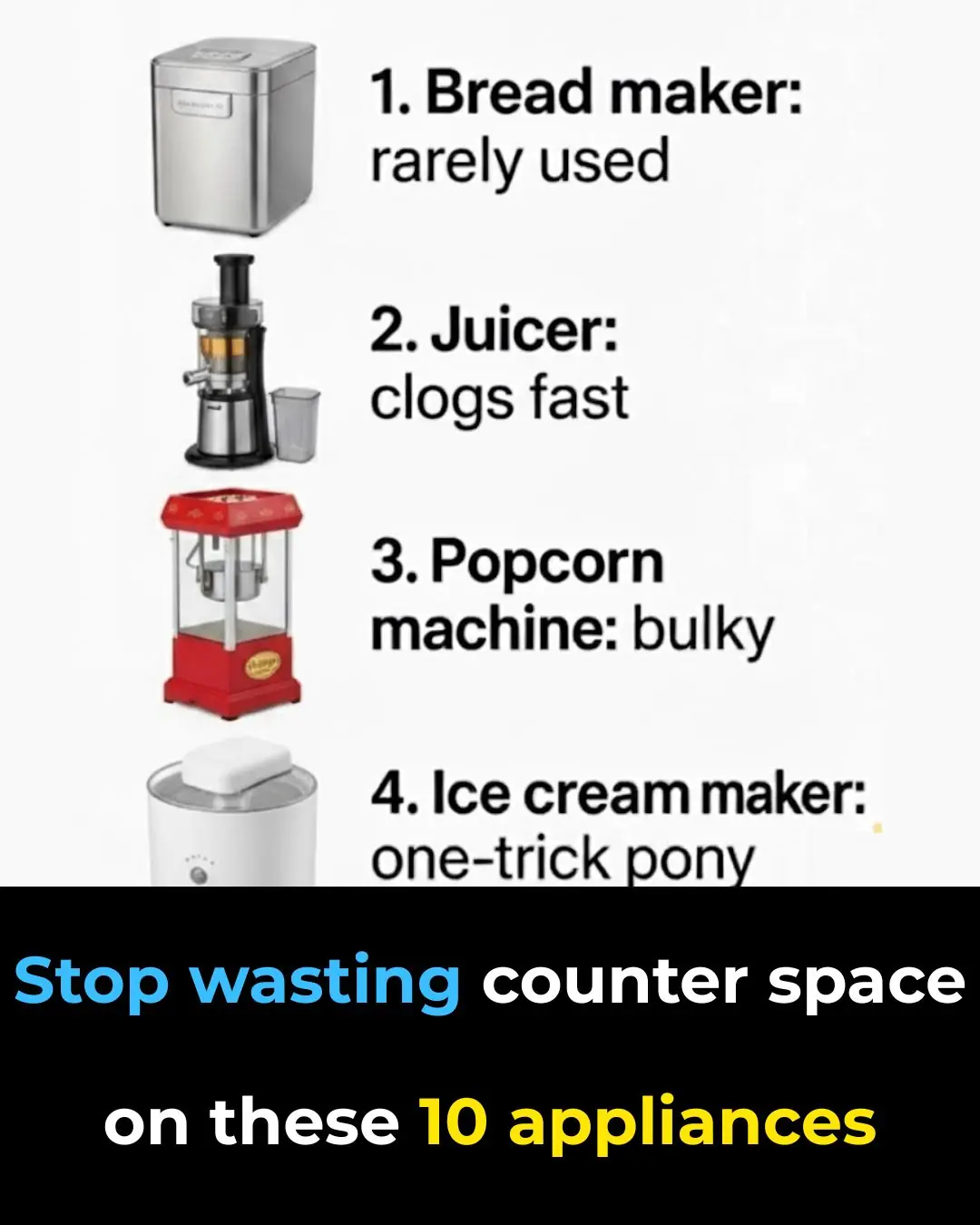
Stop Wasting Counter Space on These 10 Kitchen Appliances
